ALL-NEW ELECTRONIC CONTROL DIESEL SERIES
Yanmar Marine is introducing four engines in its new-generation BY series, developed under a very close working relationship with luxury car manufacturer BMW.
The company says that the combined technologies of these two market leaders should set new standards for high performance marine engines and significantly widen the propulsion package choice for boat builders and their customers.
These are four-cylinder diesels at 150MHP (110kW) and 180MHP (132kW), plus six-cylinder models at 220 MHP (162kW) and 260 MHP (191kW), rated speed 4,000 rpm. The engines will be available for both shaftdrives and sterndrives.
At two litres and three litres, they are lighter, more compact and cleaner than the models they replace. The engine dry weights are 250kg and 310kg respectively. Length (with gear to output flange) by width by height of the 180 MHP 4BY180 is 882x758x740 and the 260 MHP 6BY260 is 1151x758x740. All of the engines in the range meet the new EPA Tier 2 and European RCD emissions regulations.
These Yanmar diesels are similar in weight to petrol engines of equivalent capacity, and produce a similar rate of acceleration.
Electronic control is by second-generation common rail with magnetic injectors and the engines include a CAN bus system with NMEA 2000 protocol.
They are turbocharged and intercooled. The turbocharger on the inboard four-cylinder and all the six-cylinder models is wastegated.
Technical Specification
Spec Value
Configuration In line, 4 stroke cycle, water cooled diesel engine
Maximum output at crankshaft 191 kW (260 mhp)
Continuous rating output at crankshaft 147 kW (198 mhp)
Displacement 2.993L
Bore x Stroke 84 mm x 90 mm
Cylinders 6, Common rail with vertical injectors
Combustion system Direct injection
Aspiration Wastegate, turbocharged with intercooler
Starting system Electric starting 12 V – 2 kW
Alternator 12 V – 150 A
Cooling system Fresh water cooling with heat exchanger
Lubrication system Totally enlcosed, forced lubricating system with pump
Can Bus Device net according to NMEA 2000 protocol


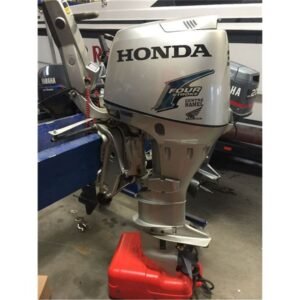
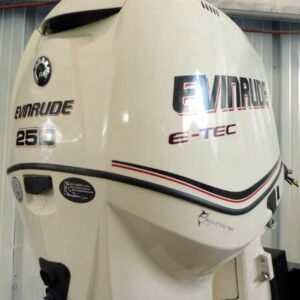
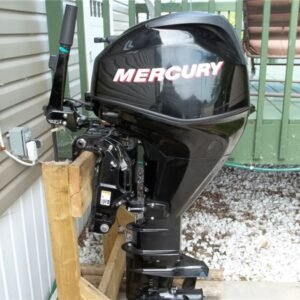
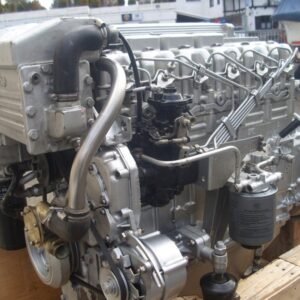
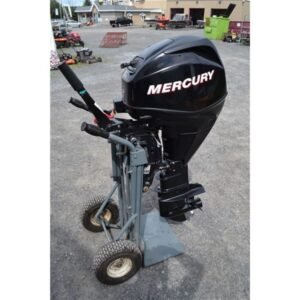

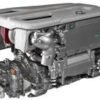

Reviews
There are no reviews yet.